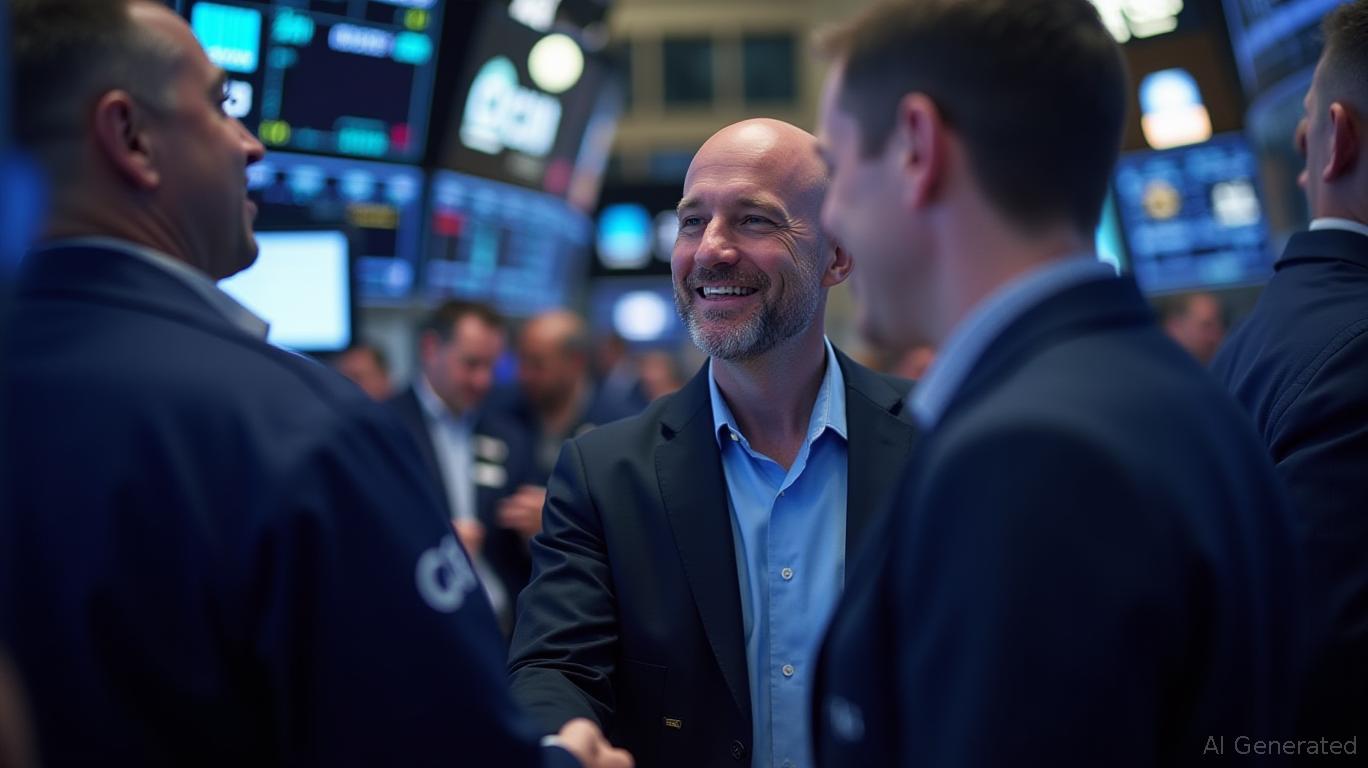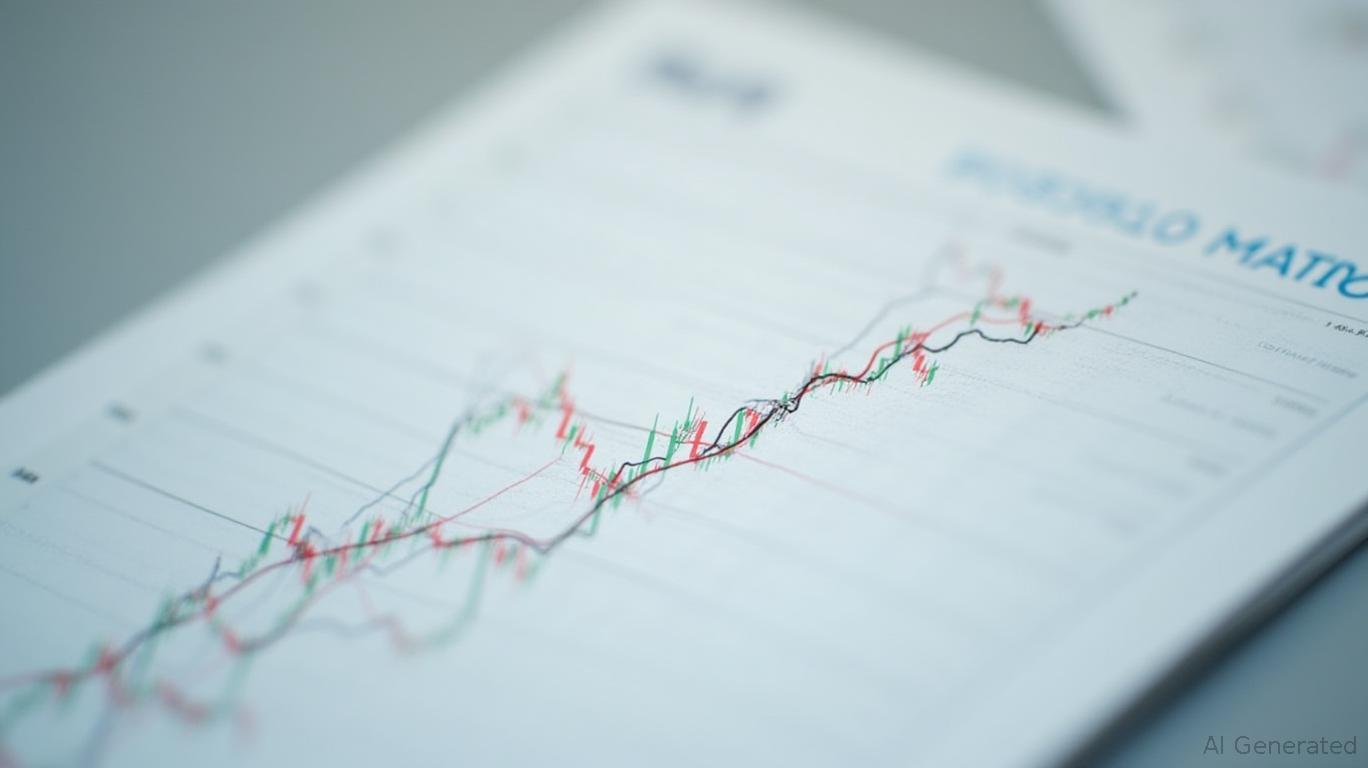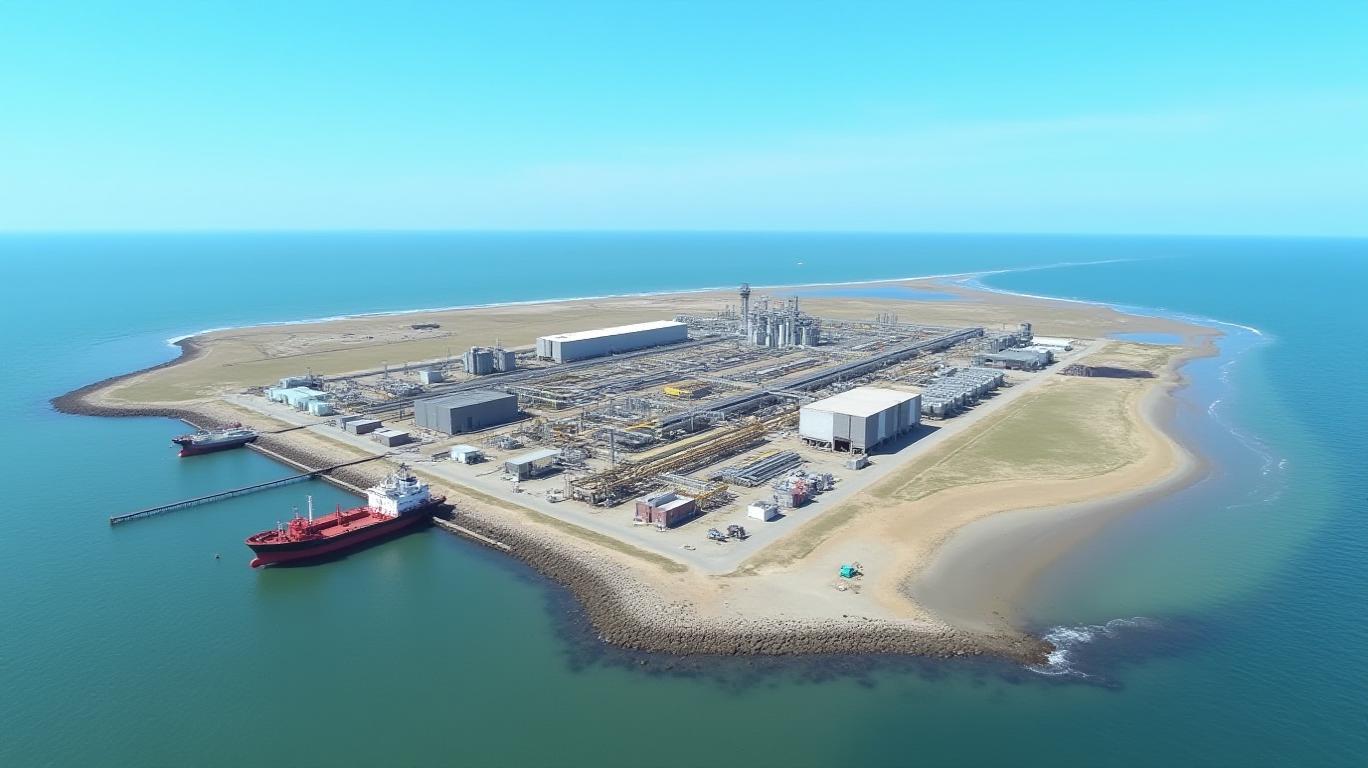Channel Infrastructure NZ: Navigating Return Trends in a Volatile Market
Channel Infrastructure NZ (CHI), a critical player in New Zealand’s fuel infrastructure, operates at the intersection of stability and volatility. As the owner of the Marsden Point terminal, pipelines, and storage facilities, the company’s role in the nation’s energy supply chain positions it as a quasi-utility—a unique advantage in a market prone to swings. Yet beneath its strategic importance lie financial metrics that paint a mixed picture of resilience and fragility. Let’s dissect whether CHI’s return trends truly warrant investor optimism.
Ask Aime: "Is Channel Infrastructure NZ's financial health surviving the fuel market's recent volatility?"
Infrastructure Strength Amid Financial Challenges

CHI’s core business—managing New Zealand’s largest oil import terminal and related assets—is inherently stable. Its monopoly-like position in fuel distribution creates a recurring revenue stream, as seen in its trailing twelve-month (TTM) revenue of NZ$139.82 million (as of early 2025). However, profitability metrics tell a more nuanced story.
Profitability: A Roller Coaster Ride
The company’s return on equity (ROE) has been in freefall, dropping to 1.7% in 2024, a 64.8% decline from 2023’s 4.8%. This stark reversal reflects pressure on net income, with earnings per share (EPS) falling to NZ$0.069 in 2024, down 7.5% from the prior year. Meanwhile, return on assets (ROA) also weakened, slipping to 1.03% in 2024 from 2.47% in 2023. These metrics suggest operational inefficiencies or cost overruns, despite the company’s infrastructure dominance.
Ask Aime: "Is CHI's declining ROE and EPS sustainable?"
Stock Performance: Outperforming a Slump
Despite these headwinds, CHI’s stock has defied expectations. Over the past year, it delivered a 25% return, outperforming the NZ Oil & Gas sector (-36.7%) and the broader market (0.9%). Its beta of 0.17 underscores low volatility, a rare commodity in energy stocks. Yet the 52-week high of NZ$2.02 contrasts with a fair value estimate suggesting it trades at 43.4% below its intrinsic worth, implying either undervaluation or unresolved risks.
Dividends: A High-Risk Reward
CHI’s dividend policy adds complexity. After suspending payouts during 2020–2022 due to losses, it reinstated dividends in 2023 at a cumulative NZ$0.106 per share, but this came at a cost: its payout ratio surged to 161%, meaning dividends exceed earnings. This is unsustainable without a turnaround in profitability. The risk is exacerbated by a 367% cash payout ratio, signaling reliance on borrowing or equity issuance to fund distributions.
Risks on the Horizon
- Earnings Volatility: Analysts have repeatedly downgraded CHI’s earnings forecasts, with consensus estimates for 2025 cut by **24% in October .
- Debt and Dilution: A NZ$5 million follow-on equity offering in late 2024 raised concerns about shareholder dilution. With a debt/equity ratio of 36.6%, leverage remains manageable but leaves little room for error.
- Competitive Pressures: Rivals like Ampol Limited and growing renewable energy adoption could erode CHI’s traditional fuel infrastructure moat over time.
Conclusion: A Fragile Opportunity
CHI’s return trends are a study in contrasts. On one hand, its stock has delivered strong relative performance, buoyed by its infrastructure’s strategic importance and low volatility. The +80.56% three-year total return and +124.14% five-year return highlight resilience. On the other hand, weak profitability metrics, an unsustainable dividend payout, and execution risks cloud the outlook.
Investors must weigh CHI’s structural advantages against its financial fragility. The company’s 18.56% net profit margin and 86.95% gross margin suggest cost control is intact, but earnings growth of just 4.1% annually lag behind broader market expectations. While the stock’s current valuation leaves room for upside, the 161% payout ratio and recurring earnings downgrades are red flags.
For now, CHI appears to be a high-risk, high-reward bet for investors willing to bet on its infrastructure resilience outpacing operational challenges. However, without a meaningful rebound in ROE and earnings, this “promising” return story may remain just that—a promise unfulfilled.










